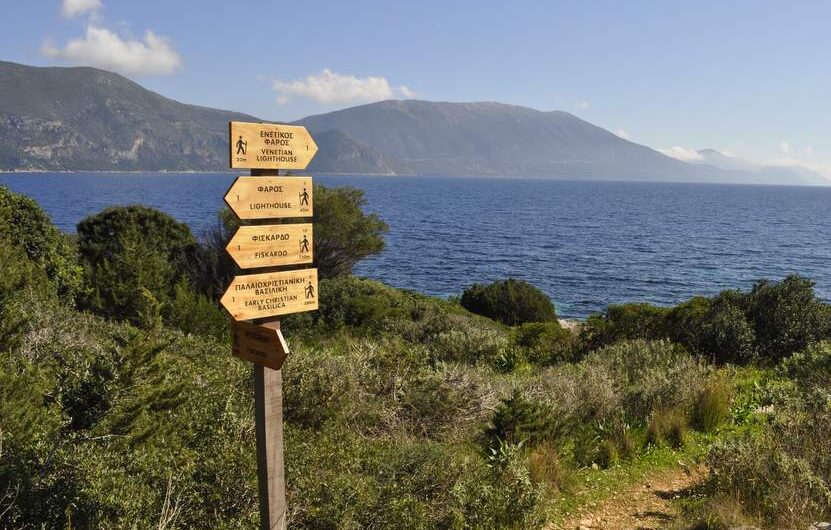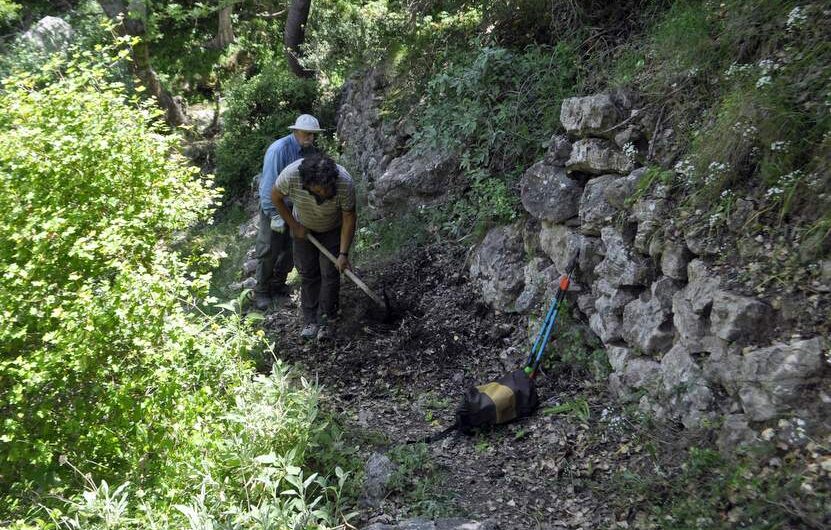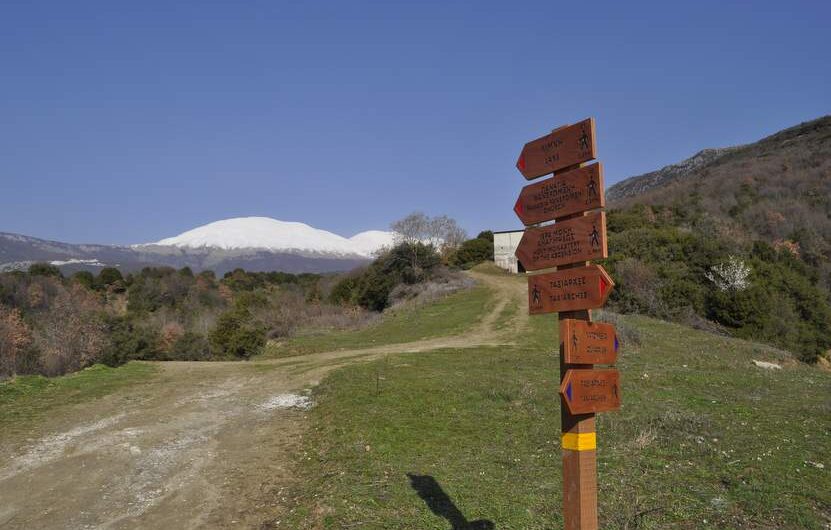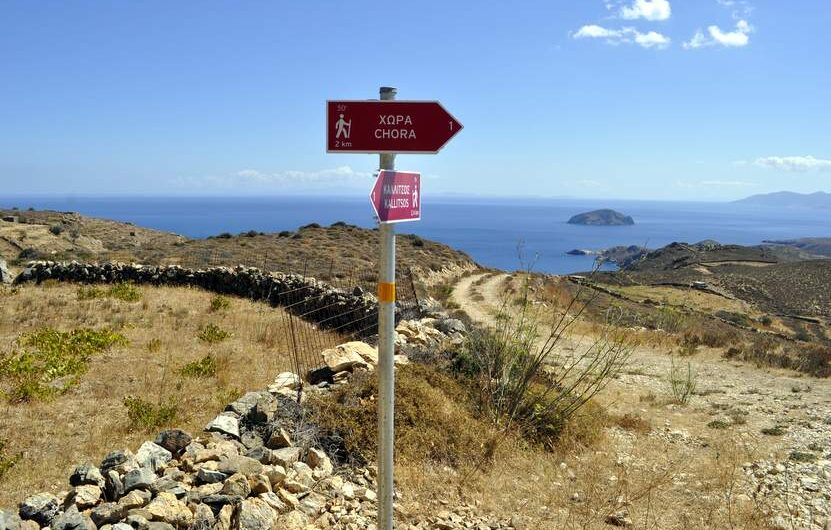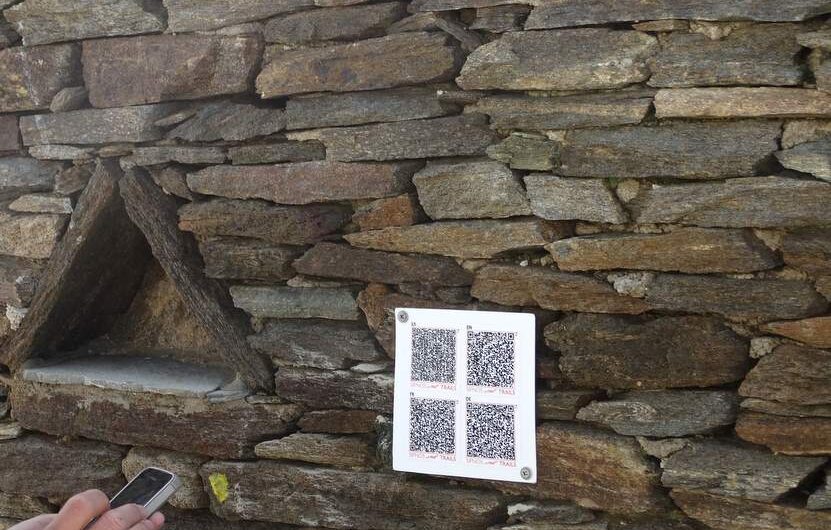Serifos: Route #10 is ready! Of all of Serifos’ walking trails, this path surpasses most in natural landscape, geology and history. The trail starts near the picturesque village of Kallitsos and leads up towards the settlement of Ksero Chorio which was destroyed by pirate raids. On the first part of your journey you will pass by a tavlomylo – a 15th century windmill which used solid planks instead of sails, moving along a vertical axis. Approaching Ksero Chorio, you will pass through a small cluster of oak trees, one of the most characteristic trees of the Western Cyclades. A little further along, after sighting the traditional pigeon house, start your descent onto the clay dirt road towards the church of Profitis Ilias with its truly panoramic view. The steeply descending stone steps, probably dating back to ancient times, lead you to Triantafyllos, an area filled with lovingly kept vegetable gardens. The area has been inhabited for many centuries, with the gentle slopes of Serifos showing many traces of ancient agricultural activity. Along a beautiful walking path leading back to the trail’s starting point, you will pass by a freshwater spring, an area with white marble stones, an old limekiln and wine press as well as other ruins of agricultural buildings. A few hundred meters before the trail’s end, you will pass by another small forest of oak trees, where you will have the chance to visit the impressive church of Panagia Skopiani.
Serifos: Route #10 is ready!
Of all of Serifos’ walking trails, this path surpasses most in natural landscape, geology and history. The trail starts near the picturesque village of Kallitsos and leads up towards the settlement of Ksero Chorio which was destroyed by pirate raids. On the first part of your journey you will pass by a tavlomylo – a 15th century windmill which used solid planks instead of sails, moving along a vertical axis. Approaching Ksero Chorio, you will pass through a small cluster of oak trees, one of the most characteristic trees of the Western Cyclades. A little further along, after sighting the traditional pigeon house, start your descent onto the clay dirt road towards the church of Profitis Ilias with its truly panoramic view. The steeply descending stone steps, probably dating back to ancient times, lead you to Triantafyllos, an area filled with lovingly kept vegetable gardens. The area has been inhabited for many centuries, with the gentle slopes of Serifos showing many traces of ancient agricultural activity. Along a beautiful walking path leading back to the trail’s starting point, you will pass by a freshwater spring, an area with white marble stones, an old limekiln and wine press as well as other ruins of agricultural buildings. A few hundred meters before the trail’s end, you will pass by another small forest of oak trees, where you will have the chance to visit the impressive church of Panagia Skopiani.


